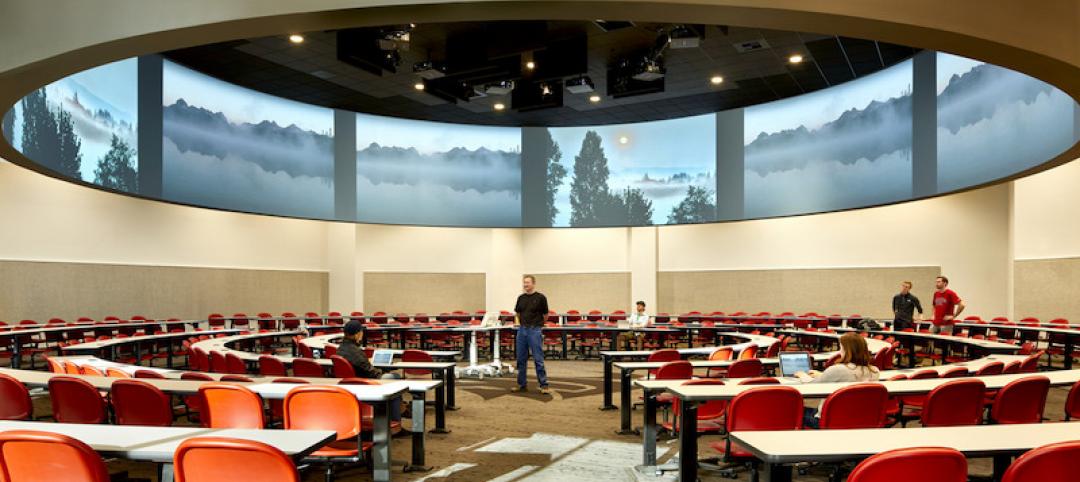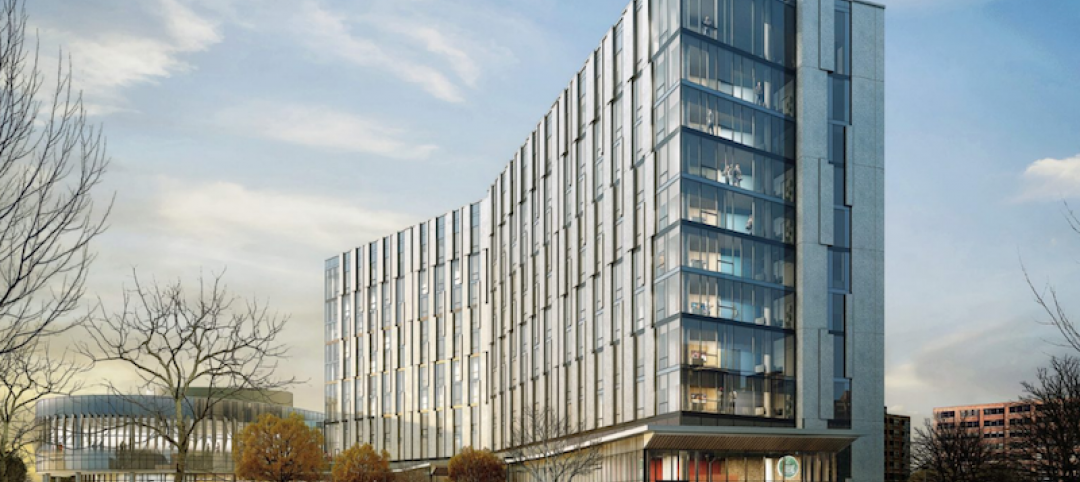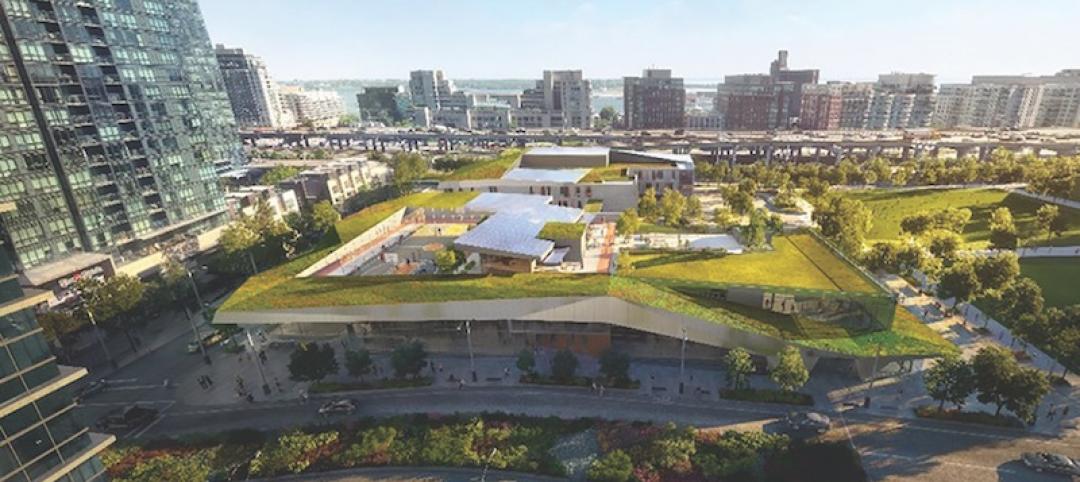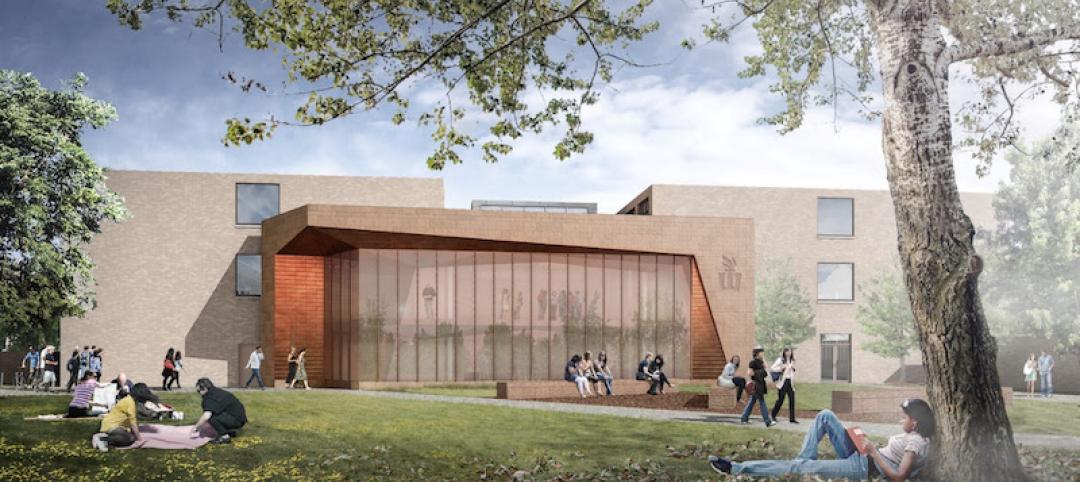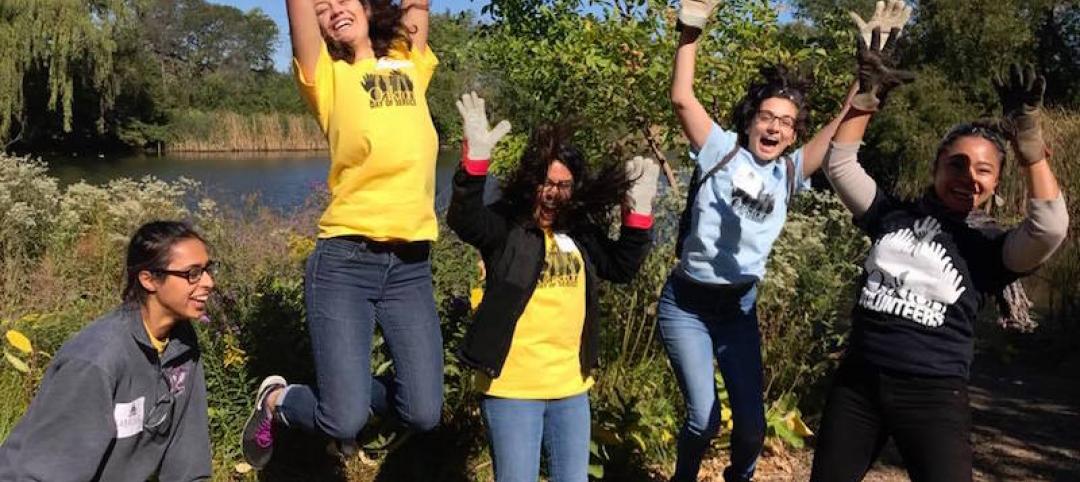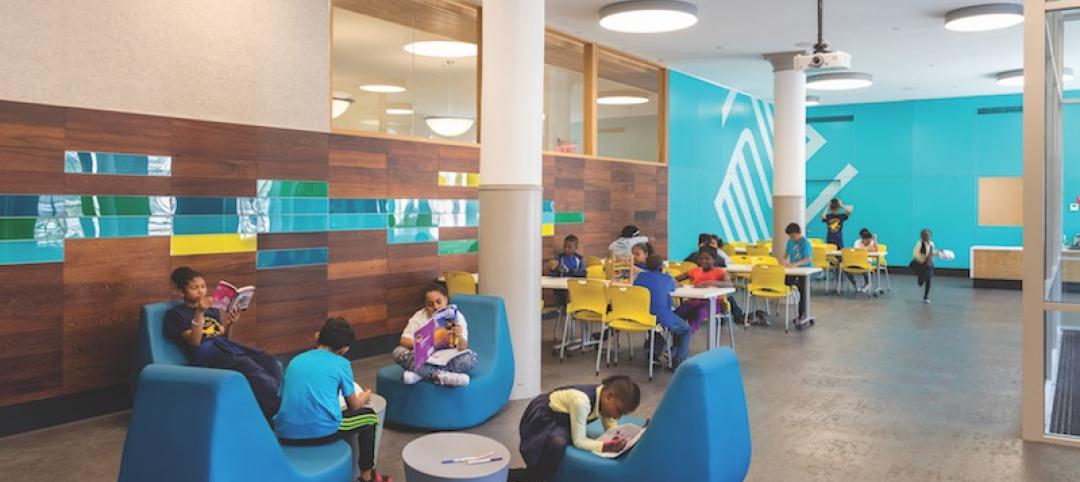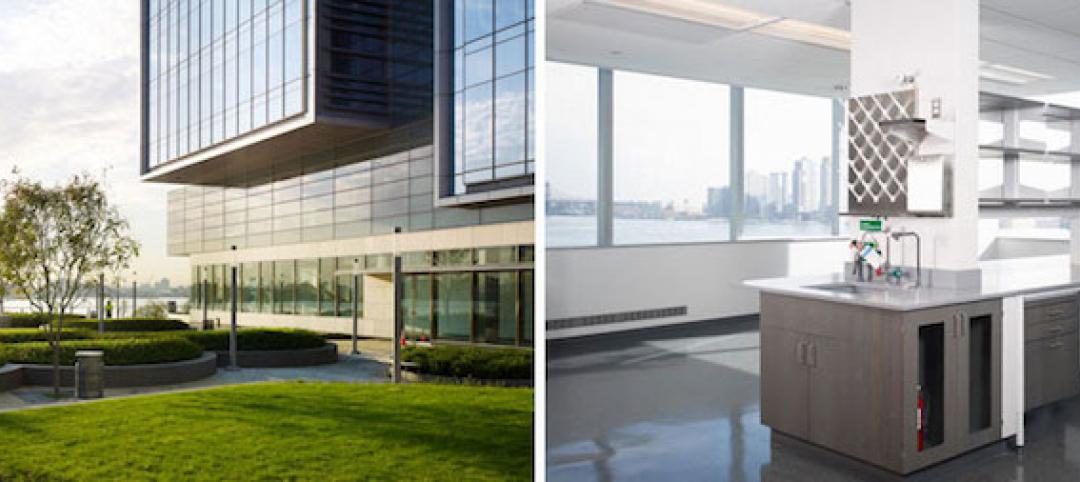As a result of the coronavirus pandemic, higher education is confronting its history of questionable facilities investment decisions and an unprecedented transformation on campuses that has made it imperative to reimagine construction, space allocation, and sustainability.
Gordian, a leading provider of facility and construction cost data, software, and services, analyzes the complexities of this transformation in the latest edition of its State of Facilities in Higher Education report, which this year Gordian conducted with APPA, an organization that represents more than 18,000 educational facilities professionals from over 1,300 learning institutions.
The report advocates for the increasing relevance of facilities managers at a time when campuses are building more space (schools in Gordian’s database were up 16% since 2007), but have also ill-advisedly deferred renovation on existing buildings, to the point where their backlog of asset renewal has increased by 35% since 2007, and their investment shortfall grew to 25%.
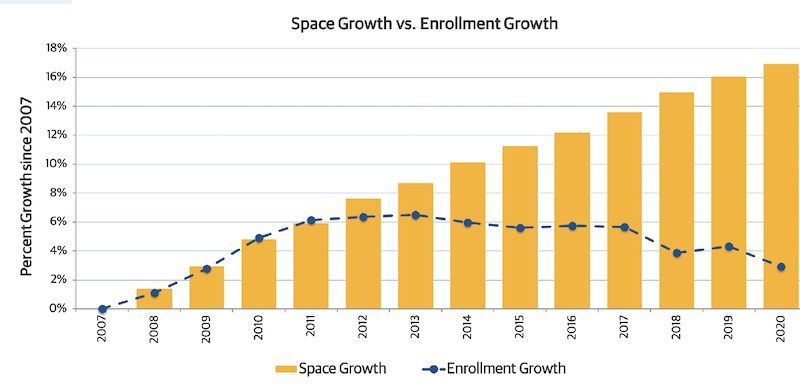
Colleges in Gordian's database have increased their space by 16% since 2007, but their student enrollment has increased only 2%. Images: Gordian and APPA
HOW MUCH SPACE WILL BE REQUIRED?
The pandemic has disrupted institutional improvement budgets by reducing student enrollment and shifting learning to remote and digital platforms that have lessened the need for campus spaces such as offices, dining halls, and residences. Outdoor spaces “were the rare bright spot, when weather has allowed,” the report states.
Consequently, campus planners are raising questions about what kinds of spaces will be needed in the future, and why. But adaptively reusing campus space is easier said than done. “Facilities offices aren’t sized and organized to maintain, clean and renovate according to student and staff activity. Rather, these offices maintain campus buildings independent of activity level,” the report observes.
Finding ways to fund facilities improvements and upgrades won’t be simple, either. The American Council on Education projects that the industry needs at least $180 billion to offset revenue losses and COVID-related expenses to maintain safe operations during the pandemic. But with between 50% and 70% of campus expenditures earmarked for employee compensation, the opportunities for addressing budget shortfalls without touching staffing are limited. For the whole of 2020, the industry lost 650,000 jobs.

Backlogs of campuses' asset renewal needs have grown to $106 per gross sf, and 35% increase since 2007.
WHAT DOES ‘COMMUNITY’ MEAN TODAY?
The report notes that in the 2020 fall semester, 44% of schools were fully or primarily online, with another 21% operating in hybrid teaching mode. However, Gordian and APPA contend that the virtual world is not yet able to replace the in-person [educational] experience. “Community continues to be reliant on the physical gatherings of people, which will be an expected element of the collegiate experience for some time to come.”
If schools can’t provide this meaningful engagement, as well as some demonstrable evidence of a return on students’ investment, enrollments will continue to drop. The 13% decline in last year’s incoming freshman class “will have a ripple effect across the next three to five years,” the report states.
And schools can no longer rely on international students to help bridge their financial gaps.
The whole concept of campus “community” is changing. And the sudden embrace of digital tools for teaching opens endless interpretations of what an academic community looks like. “An opportunity clearly exists to reimagine campus space. The window is open to embrace digital, distant and trust-based work environments, and [schools] should leap to take advantage of the moment.”
More to the point, “the data say we need to use less space because [schools] simply can’t care for what [they’ve] built,” says the report.
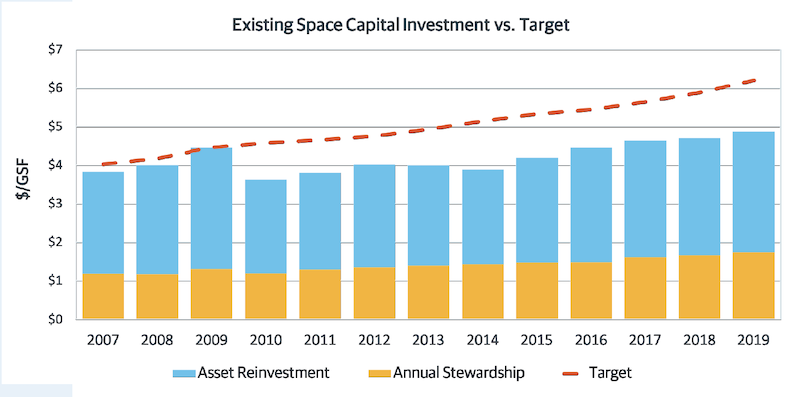
The investment shortfall in existing campus facilities has grown to 25% over the past 13 years.
HARD CHOICES WILL BE NECESSARY
So what are colleges and universities to do?
A start would be to document real operating costs, including the accrual of deferred needs with altered staffing and reduced capital investment. Facilities managers must prioritize space going forward, and clarify how students are likely to be taught. “Create a coherent narrative, incorporating the expectations of the community and the demands of the facilities, that represents a shared agreement for how to best optimize service to academic aspirations and institutional mission.”
Regarding future investments, schools must define their risk tolerances, especially it comes to keeping building systems operable to avoid shutdowns. Finance and facilities leaders must jointly understand how best to invest in a school’s physical plant, and develop a suitable investment strategy based on future need. That strategy, states the report, should have buy-in from the school’s senior leadership as well as stakeholders—students, faculty, workers—who will be affected by those decisions.
To meet the challenges of more dynamic campuses with fluid spaces and use, the report suggests that, at a minimum, institutions need to honestly appraise their facilities management teams, and determine what skills they will need for the next crisis but also routine times.
“Assess the type or work that has been required and is anticipated to be required to match hiring practices with the skills of the future,” the report states.
Related Stories
University Buildings | Jan 19, 2018
A 360-degree classroom highlights Washington State University’s new academic innovation hub
The circle-in-the-round classroom can accommodate 275 students.
University Buildings | Jan 18, 2018
New living/learning facility at the University of Illinois at Chicago breaks ground
Solomon Cordwell Buenz (SCB) designed the facility.
Education Facilities | Jan 9, 2018
Elementary school, daycare campus will serve Toronto's skyrise neighborhood
While the district’s vertical living lifestyle is geared for young singles and empty nesters, CityPlace has attracted a surprising number of families.
Education Facilities | Jan 8, 2018
Three former school buildings are repurposed to create mini-campus for teacher education
The $25.3 million project is currently under construction on the Winona State University campus.
Healthcare Facilities | Jan 6, 2018
A new precision dental center embodies Columbia University’s latest direction for oral medicine education
The facility, which nests at “the core” of the university’s Medical Center, relies heavily on technology and big data.
Education Facilities | Jan 2, 2018
New Bancroft Campus responds to the challenges of autism through design
The 80-acre campus is located in Mount Laurel, N.J.
K-12 Schools | Nov 16, 2017
Future-proofing higher education: Understanding generation Z
There are three driving issues behind this next generation: demographic change, behavioral change, and the power to choose.
Reconstruction Awards | Nov 13, 2017
Harlem Renaissance: A vacant school provides much-needed housing and a clubhouse for children
Word that PS 186 might be demolished brought out the preservationists, whose letter-writing campaign gained the support of the New York Landmarks Conservancy.
Education Facilities | Oct 3, 2017
The growing demand for early childhood education
When the design of early learning centers is grounded in the science of developmental psychology and education, these educational environments can address multiple domains of development that positively stimulate young children's physical and cognitive growth.
Laboratories | Sep 12, 2017
New York City is positioning itself as a life sciences hub
A new Transwestern report highlights favorable market and regulatory changes.



